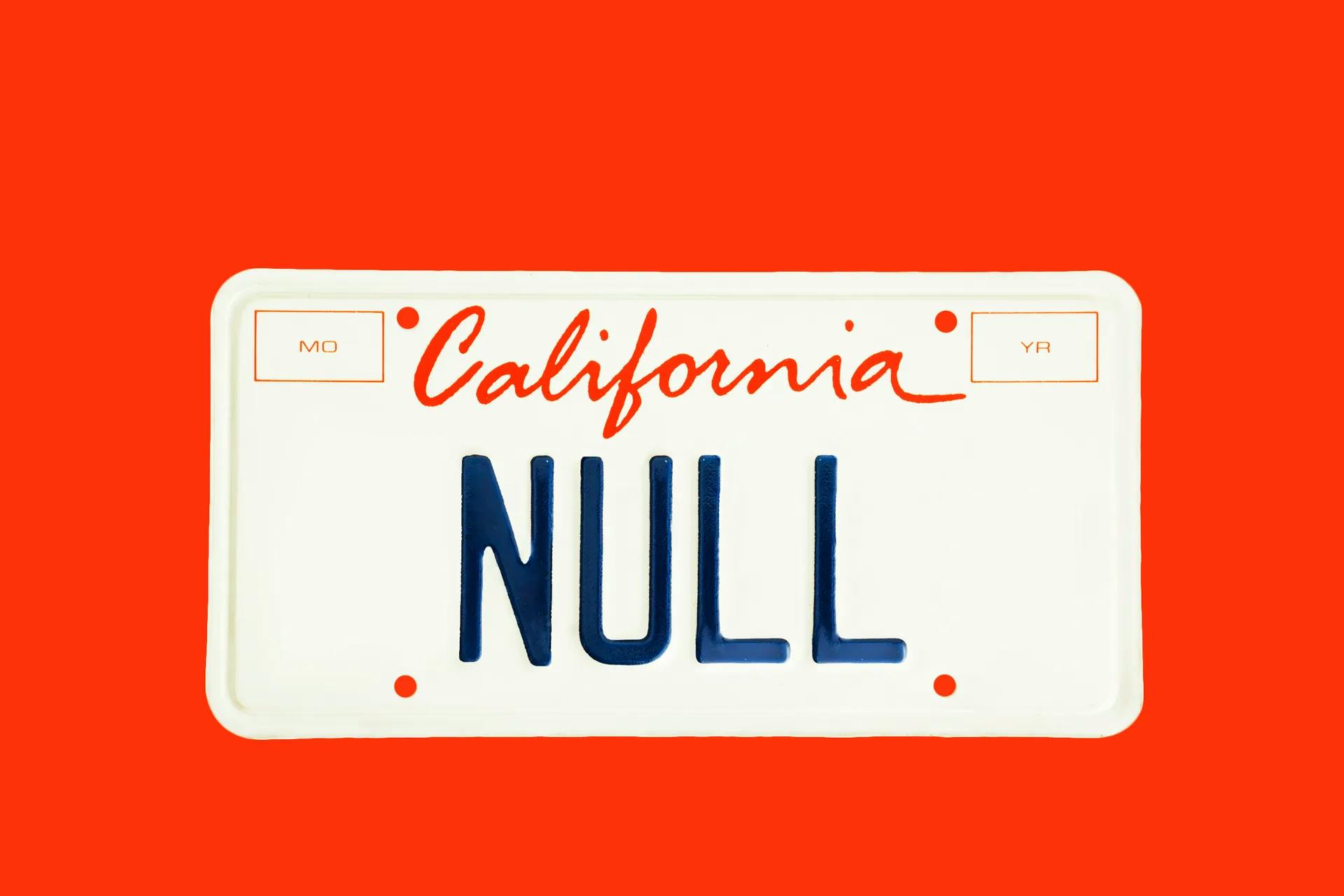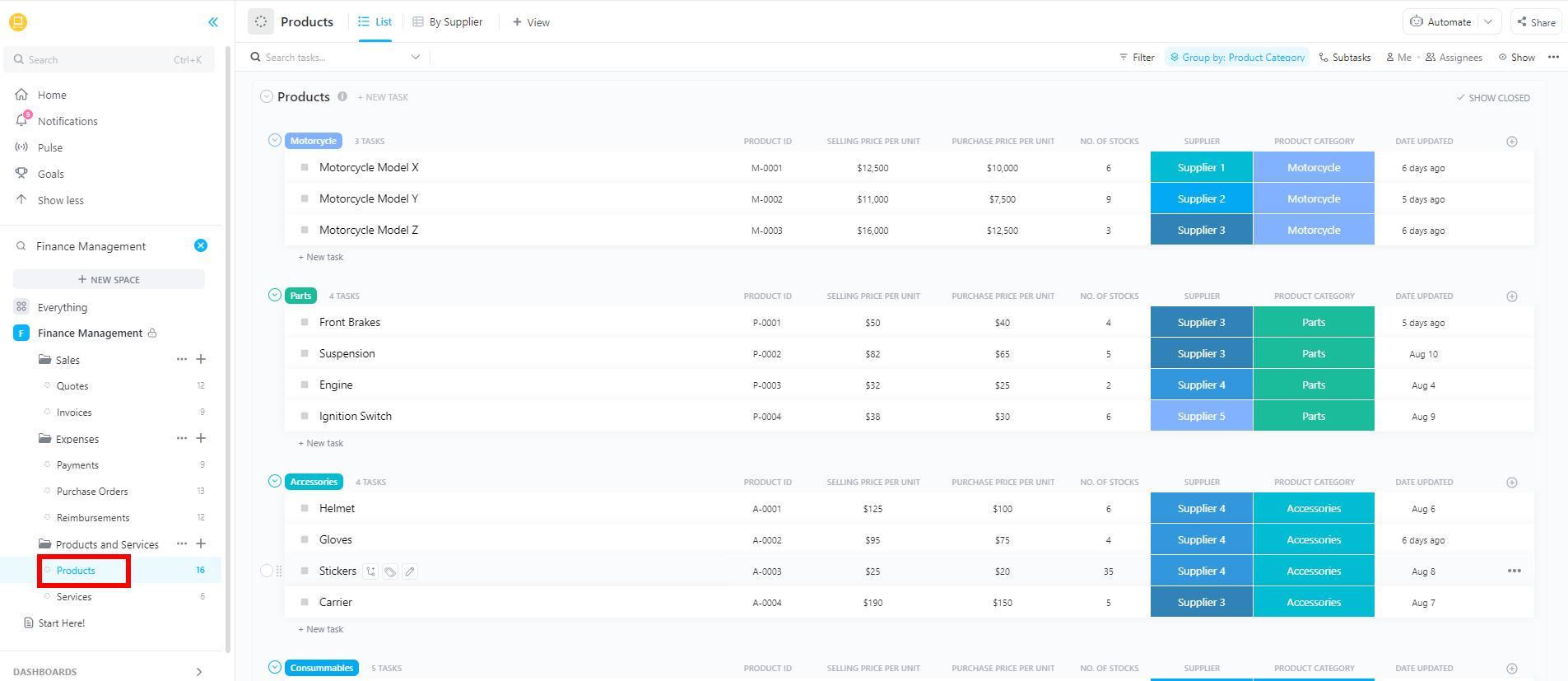I keep writing about NULL problems, yet every day the news reminds me: NULL is still alive and kicking.
TL;DR: Avoid NULL references that cause runtime crashes by using proper validation and null-safe patterns
Problems 😔
In Google Cloud case:
- Poor error handling: The code crashed instead of gracefully handling null data
- No feature flags: New code wasn’t gradually rolled out with safety controls
- Instant global replication: Bad data spreads worldwide immediately like in Crowdstrike Incident
- No randomized backoff: Recovery caused infrastructure overload
- Inadequate testing: The failure scenario was never tested during deployment
Solutions 😃
- Avoid nulls
- Use null checks if nulls are beyond your control (for example, an external API)
- Initialize default values
- Implement guard clauses
- Use null objects
- Don’t use optionals
Refactorings ⚙️
https://hackernoon.com/code-refactoring-tips-no-015-remove-null
Context 💬
On June 12th, 2025, a major outage happened on Google Cloud Platform.
It affected dozens of Google Cloud and Google Workspace services globally from approximately 10:49 AM to 1:49 PM PDT (3 hours total), with some services taking longer to recover fully.
The outage was caused by a cascading failure in Google’s API management system:
On May 29, 2025, Google deployed new code to “Service Control” (their API management system) that added additional quota policy checks.
This code had a critical flaw. It lacked proper error handling and wasn’t protected by feature flags.
On June 12, a policy change containing blank/NULL fields was pushed to the global database that Service Control uses. When Service Control attempted to process these blank fields, it encountered a null pointer in the unprotected code path, resulting in the binaries crashing in an infinite loop.
Since quota management is global, this corrupted data was replicated worldwide within seconds, causing Service Control to crash in every region.
Null pointer exceptions happen when you try to access methods or properties on objects that don’t exist.
This happens when variables contain null references instead of valid object instances.
The problem becomes particularly dangerous in production environments where these exceptions can crash your application and frustrate users.
Languages like Java, C#, and JavaScript are especially prone to this issue, though modern language features and patterns can help you avoid these crashes entirely.
Nulls have been a significant problem in the software industry for decades, yet software engineers continue to ignore them despite the warnings of their creator.
Sample Code 📖
Wrong ❌
public class ServiceControlPolicy {
private SpannerDatabase spannerDB;
private QuotaManager quotaManager;
public void applyPolicyChange(PolicyChange change) {
// NULL POINTER: change can be null
Policy policy = spannerDB.getPolicy(change.getPolicyId());
// NULL POINTER: policy can be null from the database
String quotaField = policy.getQuotaField();
// NULL POINTER: quotaField can be null (blank field)
quotaManager.updateQuota(quotaField, change.getValue());
}
public void exerciseQuotaChecks(String region) {
// NULL POINTER: policies list can be null
List<Policy> policies = spannerDB.getPoliciesForRegion(region);
for (Policy policy : policies) {
// NULL POINTER: individual policy can be null
String quotaValue = policy.getQuotaField();
// NULL POINTER: quotaValue can be null before trim()
quotaManager.checkQuota(quotaValue.trim());
}
}
public boolean validatePolicyData(Policy policy) {
// NULL POINTER: policy parameter can be null
String quotaField = policy.getQuotaField();
// NULL POINTER: quotaField can be null before length()
return quotaField.length() > 0 &&
!quotaField.equals("null");
}
public void replicateGlobally(PolicyChange change) {
List<String> regions = getGlobalRegions();
for (String region : regions) {
// NULL POINTER: change.getPolicy() can return null
spannerDB.insertPolicy(region, change.getPolicy());
}
}
}
Right 👉
public class ServiceControlPolicy {
private SpannerDatabase spannerDB;
private QuotaManager quotaManager;
public void applyPolicyChange(PolicyChange change) {
if (change == null) {
// Assuming it comes from an external API
// Beyond your control
change = new NullPolicyChange();
}
Policy policy = findPolicyOrNull(change.policyId());
String quotaField = policy.quotaField();
if (!quotaField.isEmpty()) {
quotaManager.updateQuota(quotaField, change.value());
}
}
public void exerciseQuotaChecks(String region) {
if (region == null || region.isEmpty()) {
// Assuming it comes from an external API
// Beyond your control
return;
}
List<Policy> policies = policiesOrEmpty(region);
for (Policy policy : policies) {
String quotaValue = policy.quotaField();
if (!quotaValue.isEmpty()) {
quotaManager.checkQuota(quotaValue.trim());
}
}
}
public boolean validatePolicyData(Policy policy) {
if (policy == null) {
// Assuming it comes from an external API
// Beyond your control
// From now on, you wrap it
policy = new NullPolicy();
}
String quotaField = policy.quotaField();
return quotaField.length() > 0;
}
public void replicateGlobally(PolicyChange change) {
if (change == null) {
// Assuming it comes from an external API
// Beyond your control
// From now on, you wrap it
change = new NullPolicyChange();
}
Policy policy = change.policy();
if (policy == null) {
// Assuming it comes from an external API
// Beyond your control
// From now on, you wrap it
policy = new NullPolicy();
}
List<String> regions = globalRegions();
for (String region : regions) {
spannerDB.insertPolicy(region, policy);
}
}
private Policy findPolicyOrNull(String policyId) {
Policy policy = spannerDB.policy(policyId);
return policy != null ? policy : new NullPolicy();
}
private List<Policy> policiesOrEmpty(String region) {
List<Policy> policies = spannerDB.policiesForRegion(region);
if (policies == null) {
// This is a good NullObject
return Collections.emptyList();
}
return policies.stream()
.map(p -> p != null ? p : new NullPolicy())
.collect(Collectors.toList());
}
}
class NullPolicy extends Policy {
@Override
public String quotaField() { return ""; }
@Override
public String policyId() { return "unknown-policy"; }
@Override
public Map<String, String> metadata() {
return Collections.emptyMap();
}
}
class NullPolicyChange extends PolicyChange {
@Override
public String policyId() { return ""; }
@Override
public String value() { return ""; }
@Override
public Policy policy() { return new NullPolicy(); }
}
Detection 🔍
You can detect potential null pointer exceptions by reviewing code for direct method calls on objects without null checks.
Linters can examine return values from methods that might return Null, looking for uninitialized object fields, and using static analysis tools that flag potential null dereferences.
Modern IDEs often highlight these issues with warnings.
Level 🔋
Why the Bijection Is Important 🗺️
In the real world, objects either exist or they don’t.
When you model this correctly in your program, you create a clear one-to-one correspondence between reality and code.
Breaking this bijection by allowing null references creates phantom objects that exist in your code but not in the real world, leading to crashes when you try to interact with these non-existent entities.
If you choose to name your license plate “NULL”, you will get a lot of parking tickets
AI Generation 🤖
AI generators frequently create code with null pointer vulnerabilities because they focus on happy path scenarios.
They often generate method calls without considering edge cases where objects might be NULL, especially in complex object hierarchies or when dealing with external data sources.
AI Detection 🧲
AI tools can detect and fix null pointer issues when you provide clear instructions about defensive programming practices.
Try Them! 🛠
Remember: AI Assistants make lots of mistakes
Suggested Prompt: Remove all Null References
Conclusion 🏁
Null pointer exceptions represent one of the most common runtime errors in programming.
You can remove most of these crashes by implementing proper null checks, using the Null Object design pattern, and adopting defensive programming practices.
The small overhead of validation code pays off significantly in application stability and user experience.
Relations 👩❤️💋👨
https://hackernoon.com/how-to-find-the-stinky-parts-of-your-code-part-iii-t7h3zkv
https://hackernoon.com/how-to-find-the-stinky-parts-of-your-code-part-xliii
https://hackernoon.com/how-to-find-the-stinky-parts-of-your-code-part-xxxix
https://hackernoon.com/how-to-find-the-stinky-parts-of-your-code-part-xxvi
https://hackernoon.com/how-to-find-the-stinky-parts-of-your-code-part-xlii
More Information 📕
Disclaimer 📘
Code Smells are my opinion.
I call it my billion-dollar mistake. It was the invention of the null reference in 1965
Tony Hoare
This article is part of the CodeSmell Series.











